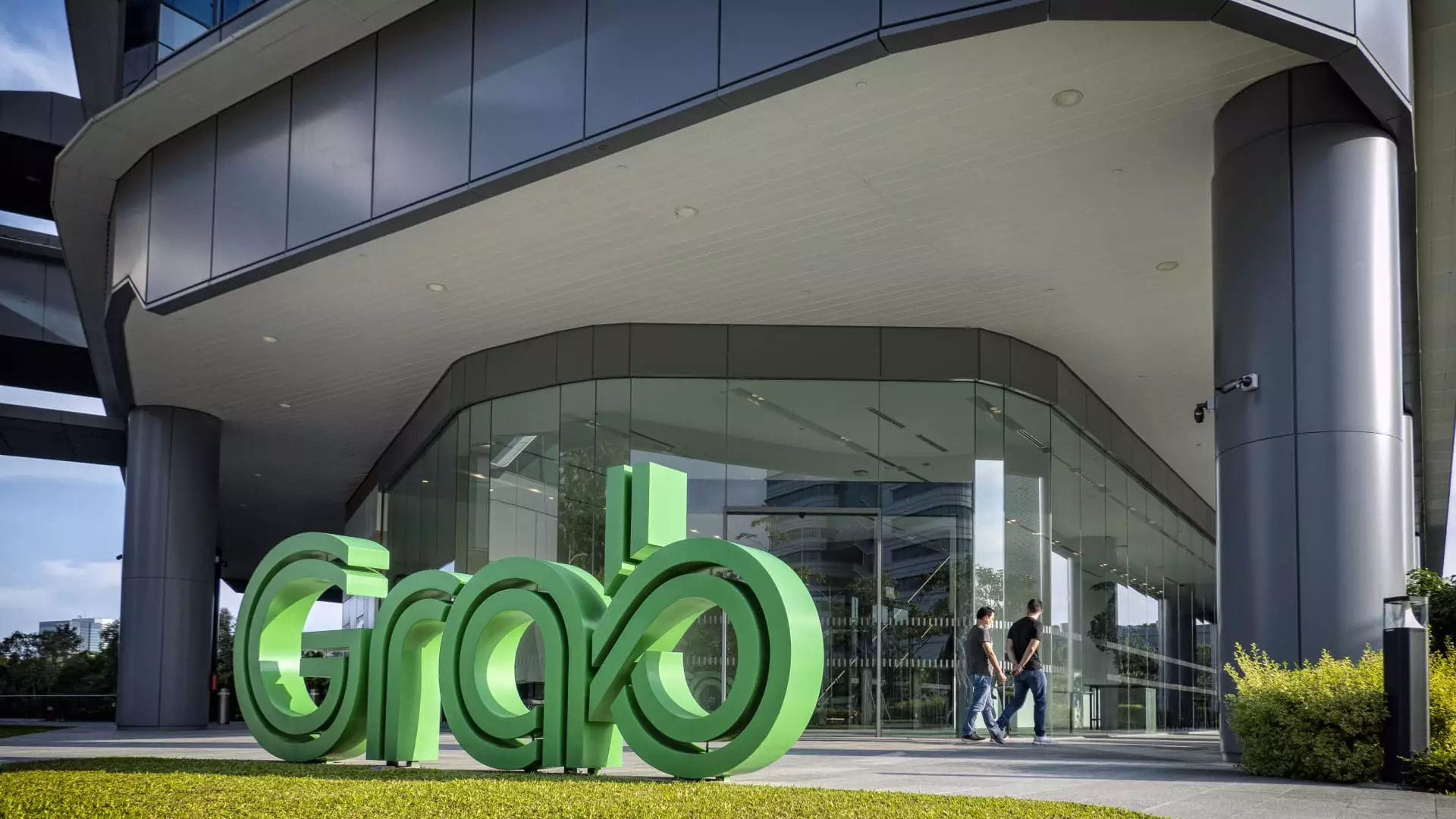Grab Holdings, a prominent player in the ride-sharing and food delivery sectors, recently faced a rocky moment in the stock market following a disappointing earnings report for the fourth quarter. The Singapore-based app developer reported lower-than-anticipated EBITDA and net income figures, resulting in a sharp decline of over 10% in stock value. This stark drop came despite the volatility showcasing Grab’s ability to rebound in fluctuating market conditions. However, the company’s guidance for the upcoming fiscal year appeared tepid, prompting mixed reactions and heightened scrutiny from investors.
Analyst Upgrades and Future Expectations
In the midst of the turbulence, JPMorgan has provided a glimmer of optimism by upgrading Grab’s shares from a neutral position to overweight, setting a price target of $5.60. This target indicates a potential upside of around 16.9%. Such positive outlooks offered by financial institutions could manifest as crucial turning points for the stock, particularly in an environment where investors are seeking reassurances amid economic uncertainty.
Impact of Guidance on Investor Sentiment
Despite the initial stock dip, analysts, including JPMorgan’s Ranjan Sharma, suggest that Grab’s guidance might be intentionally conservative. With anticipated adjusted EBITDA projected between $440 million and $470 million—falling short of the consensus estimate of $496.5 million—investor sentiments are now delicately balanced. However, Sharma notes that previous years have seen the company exceed expectations, potentially suggesting that the current guidance may set the stage for positive surprises down the line.
A critical factor underscoring this optimism is Grab’s expanding monthly transacting user (MTU) base, which seems to signal a robust future for the platform. An increase in active users can often translate to higher engagement and revenue growth, especially if the company focuses on enhancing its service offerings. Sharma emphasizes that the growth in affordable service initiatives combined with reduced costs can further attract consumers, thereby tapping into a broader addressable market and fostering mid-term earnings surge.
Additionally, Grab has seen a notable increase in its advertising revenue, which serves as another promising sign for the company’s financial health. As more advertisers join the platform, the potential for deeper market penetration becomes more pronounced. This expanded advertising reach can bolster delivery revenues while also supporting margin growth, thus enhancing overall performance metrics for the upcoming fiscal periods.
Broader market sentiment about Grab appears positive, as indicated by the distribution of ratings from analysts on Wall Street. Out of 25 analysts covering the stock, a significant majority of 20 have issued a strong buy or buy rating, while only five opted for a hold rating. With this overwhelming support, the average price target hovering around $5 suggests an anticipated upside of over 15% from its current stock price.
While Grab Holdings grappled with earnings setbacks, renewed analyst optimism, a growing user base, and an uptick in advertising revenues present a mixture of hope and potential recovery for the tech-driven conglomerate. Investors will need to monitor the company’s strategy closely to determine if it can capitalize on these encouraging trends in the competitive space it operates within.

